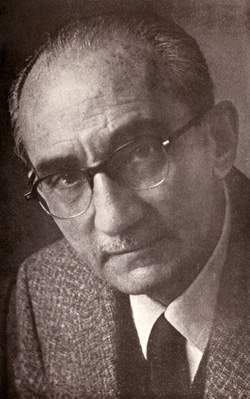Jorge Mañach facts for kids
Jorge Mañach y Robato was an important Cuban writer and lawyer. He was born on February 14, 1898, in Sagua La Grande, Cuba. He passed away on June 25, 1961, in San Juan, Puerto Rico. Many people thought he was one of the best writers of his time.
Learning and Studies
Jorge Mañach studied in several countries. He went to school in Cuba, Spain, the United States, and France.
He graduated from Harvard University in 1920. There, he earned a degree in Philosophy. After that, he continued his studies in Paris, France, at the Université du Droit et de la Santé de Lille. He also studied at the University of Havana in Cuba.
His studies about José Martí are very famous. Martí was a hero known as the 'Apostle of Cuban Independence'. Mañach's writings are seen as some of the best ways to understand Martí's ideas.
His Work and Career
Jorge Mañach helped start an exciting new magazine. It was called Revista de Avance and began in Havana in 1927. This magazine was part of the avant-garde movement, which meant it explored new and experimental ideas.
In the 1930s, he taught at Columbia University in New York City. He shared his knowledge with many students there.
Mañach was also involved in important political events. He took part in the Cuban revolution of 1933. He also joined the fights against the Cuban leader Fulgencio Batista.
For a short time in 1944, he served as the Foreign Minister of Cuba. This meant he was in charge of Cuba's relationships with other countries.
His Life and Family
Jorge Mañach was married to Margot Baños. They had one son together, named Dr. Jorge Mañach-Baños.
His first cousin, Edelmira Sampedro y Robato, married the person who was next in line to become king of Spain.
Mañach was a strong critic of the Fidel Castro government. Because of his views, he had to leave Cuba in 1960. He went to live in Puerto Rico, where he passed away in 1961.
See also
 In Spanish: Jorge Mañach para niños
In Spanish: Jorge Mañach para niños


